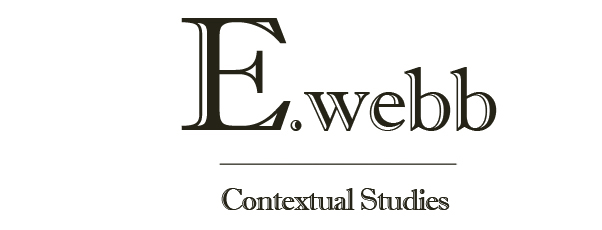
Monday 25 January 2010
Framing in Communication Theory
Reading Around Communication Theory
by Wendy Leeds-Hurwitz. 226 pgs.
by Kenneth K. Sereno, C. David Mortensen. 372 pgs.
Sunday 17 January 2010
Thought on the Essay pt2
Media Ideology - Reading from Theodor Adorno’s writings on popular music
Theodor Adorno was a Marxist theorist, but not in the usual sense. He applied his theories to popular culture and in this case to pop music.
He identified that there were “two spheres of music,” popular music and serious music. He states that o have a clear judgment on the matter, concerning the relation of serious music to popular music is to identify that the fundamental characteristic of popular music is “standardization.”
For example he points out that the best known rule for pop music is the chorus, consisting of thirty two bars of music and a note range of an octave plus one note. This idea leads to the ultimate reading that standardization of music and its formulaic approach leads to “familiar experiences” and “nothing fundamentally novel will be introduced.” (T. Adorno, P.1.)
His theory on pseudo-individualism follows on from standardization and is referrers to popular music as a “multiple choice questionnaire” where the audiences are kept in line by making them forget what they listen to has already been listened to for them; it is “pre-digested.”
Here he is talking about the mass repetition and manufacture of bands and groups, which is true today. It is evident all of the time if, if you take a step back from the radio and actually listen, you will hear the same beats, the same motifs, the same effects and generally the same sound from most of the tunes. To be honest I have felt this way about pop music for as long as I can remember and still don’t care much for it, and to an extent I agree with Adorno.
He then mentions “plugging” a term which used to be used with the meaning of “ceaseless repetition” If one particular hit to make it popular. However he uses it in the broader sense of plugging a standard sound of formula, to “break down the resistance” of the listeners so that when they hear a set formula of music they react automatically. Again, I agree here with Adorno, but I do not think it is necessarily a bad thing. On a good night out sometimes all you want to hear is a thumping bass line or a cheesy guitar riff.
This reminds me no Neomi Kleins ‘No Logo,’ she goes on about how advertising corporations brain wash us into buying ‘commodities’. But does not stop to think that perhaps we as the market don’t mind, we actually like buying things…
Adorno also goes on to talk about pop music as a “distraction” from the demands of life and reality. I do not agree however with his idea that pop music is a distraction from reality only for those whose lives put such a strain on them that they need to be “non-productive” and digest some pre-digested commercial entertainment.
This is the point at white Adorno begins to sound very old and dull…
He states that individuals of the “rhythmically obedient” are mainly found among the youth or the so-called “radio generation. They are most susceptible to a process of masochistic adjustment to authoritarian collectivism.”
He then separates the audience again into the rhythmically type and the emotional type. The rhythmical types do not connect with the music on the same level as the emotional type. They work as a “mechanical’ unit together unified under the beat of the music like “marching battalions.”
A lot of what Adorno has to say would be more justified had he not been such a bore and high and mighty. Towards his final years in the late 60s his students began to rebel against him, not violently, but in some forms of protest, such as a young lady taking stand on his podium and proceeded to protest bare-chested. His days were numbered…
